Catering To Clubs
Birds of a feather flock together and then create birding clubs. There are so many individuals who enjoy observing and identifying birds in their natural environments that bird-watching clubs are coming together across the nation. People join these clubs to view birds, socialize and find like-minded individuals who share a passion for birding. But what do they have to do with garden centers?
Catering to groups of bird enthusiasts can drive your birding business and increase store traffic. All you need to do is reach out to them.
Birding Clubs 101
Most states have birding organizations such as an Audubon or ornithological society and most towns, regardless of size, have some sort of bird-watching club. But it is difficult to say how many clubs there actually are in the United States. Clubs exist on national, state and local levels with membership totals ranging from a few people to many thousands. They may have been founded by a few friends who discovered a common interest in birding or sanctioned by official organizations, and club members may or may not broadcast their club status to the community.
Member demographics are a little easier to pinpoint. Bill Thompson III, editor of Bird Watcher’s Digest, feels the demographics of bird club members and garden center patrons overlap. According to Thompson, people who join bird clubs tend to be homeowners who are educated and willing to spend money on their hobbies. They have yards and earn modest to high household incomes.
The type of club often dictates whether membership is comprised of all males, all females or both genders. Ages can range, though Thompson believes that younger and older individuals join more often: “It tends to be young people and people with a little more time and money to spend,” he said.
While each birding club is individual, many have similar activities including meetings and field trips that vary in frequency. Groups may get together once a week, once a month or every few months, depending on the club and the availability of space.
Often bird clubs do not have an official place to meet, so they gather in public places, restaurants or at people’s homes. This is especially the case for smaller groups. “The really well-established ones will have a headquarters building, and they may even own some property that they maintain as a preserve,” Thompson said.
Attract Birding Clubs
Garden centers already have an advantage with the bird-club crowd. Members tend to make their birding purchases at specialty stores. “They are going to find something that suits their needs, is going to last and gives them their money’s worth,” said Thompson. Often the products carried by the big boxes do not meet their standards, he explained.
Clearly, carrying a quality selection of birding products is one way to attract bird-watching clubs to your store. To highlight your specialty-store status further, designate an employee (preferably one with an interest in birding) to take charge of the store’s birding section. This employee can learn about the products offered and help club members when they come in to your store.
A simple way to cater to bird watchers is to set aside part of your store and offer it to bird- club members, said Thompson. Something as simple as setting up a local bird club bulletin board can help forge a relationship between your garden center and local clubs. “People can put up sightings and announcements for their clubs’ meetings, potluck dinners, bird-a-thons and fundraisers,” Thompson explained. Adding a clipboard for members to log recent bird sightings is also a good idea.
Since so many clubs are without a real meeting place, try offering space for groups to gather. Work with individual clubs to determine what will work best with your preferences and their schedules. If there isn’t enough space for groups to meet during business hours, invite the clubs to come before or after hours. Though you will have to keep the store staffed longer, you may find that the added sales from club members are worth it.
Your parking lot is also an asset for birding clubs. Let them meet and park in your lot before carpooling to their field trips, Thompson suggested.
Another option is to help local clubs financially. “The clubs are all struggling with keeping their finances solid,” said Thompson. Expenses such as newsletters, field trips and general organizational costs can add up. Lend your support in any way you can. Try donating coupon books for them to raffle at events. This will help you make contact with clubs and bring coupon recipients into your store! You can also sponsor some of their events or offer to have group t-shirts printed just make sure your logo is prominently displayed.
The goal is to make your store bird-club friendly by providing many aspects that most clubs don’t have such as a place to meet and someone to offer support. You want members to associate your store with being a supporter of their club. Anything garden centers can do from assisting in the recruitment of new members to handing out club literature will help birding clubs and, ultimately, bring people to the store.
Look Them Up
Of course, the first step is finding bird clubs in your area. Talk to customers who frequent the birding section of your store. Even if they aren’t in clubs themselves, they may be aware of them.
Some Web sites such as www.birdwatchersdigest.com offer services that allow members to add their bird club to a searchable database of clubs. Even though the listings aren’t complete, they provide those who are searching with a sampling of clubs that exist in their areas. If all else fails, try searching the Internet for bird clubs in your city or state; many have Web sites that list activities and recent sightings.





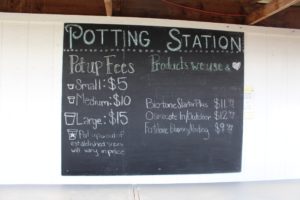

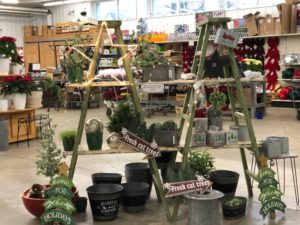

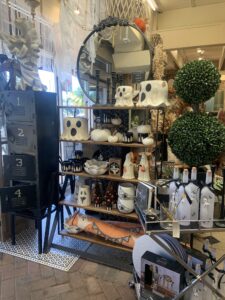
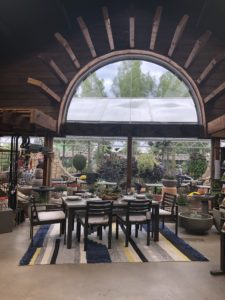
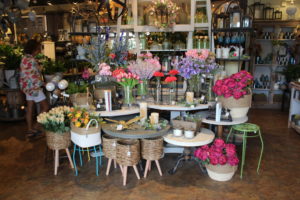
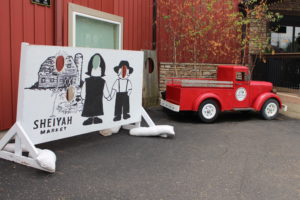

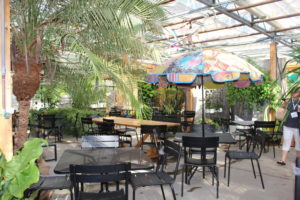
 Videos
Videos





